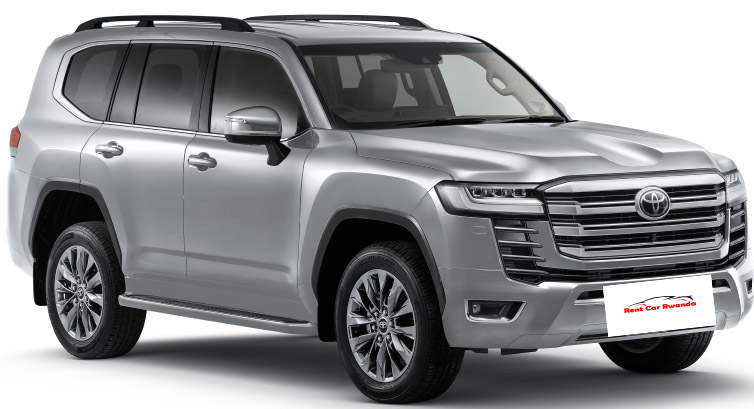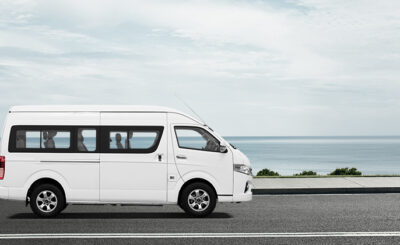Roof top camping is a fantastic way to enjoy the outdoors with the added comfort and convenience of sleeping off the ground. Here’s a comprehensive guide to help you get started and make the most of your roof top camping experience:
1. Understanding Roof Top Camping
**1.1. What It Is
- Definition: Roof top camping involves using a roof top tent (RTT) mounted on the roof of a vehicle, usually an SUV, truck, or off-road vehicle.
- Features: These tents typically include a mattress, weatherproofing, and easy setup mechanisms.
**1.2. Benefits
- Comfort: Elevated off the ground, providing protection from insects and uneven terrain.
- Convenience: Quick and easy setup, often taking just a few minutes.
- View: Great vantage point for views and wildlife spotting.
- Protection: Offers better protection from ground moisture and cold.
2. Choosing the Right Roof Top Tent
**2.1. Types of Roof Top Tents
- Clamshell: Opens like a clam shell, with a hard shell that folds out to form the tent. Known for quick setup.
- Fold-Out: Similar to clamshell but folds out like a book, often providing more interior space.
- Soft Shell: Made with fabric and typically less expensive; needs to be manually set up.
**2.2. Size and Capacity
- Capacity: Consider how many people will be using the tent. RTTs typically accommodate 2-4 people.
- Dimensions: Ensure it fits on your vehicle and meets your space requirements.
**2.3. Weather and Durability
- Materials: Look for waterproof and durable materials for all-weather protection.
- Ventilation: Ensure good airflow to prevent condensation inside the tent.
3. Installing a Roof Top Tent
**3.1. Compatibility
- Vehicle Type: Check that your vehicle has a compatible roof rack system that can support the weight of the RTT.
- Weight Capacity: Ensure your roof rack and vehicle can handle the combined weight of the tent and occupants.
**3.2. Installation
- Mounting: Follow the manufacturer’s instructions for mounting the tent securely to your roof rack.
- Professional Help: Consider professional installation if you’re unsure about the setup.
4. Setting Up Camp
**4.1. Before Setup
- Location: Choose a flat, stable surface for parking your vehicle. Avoid areas with overhanging branches or uneven ground.
- Weather: Check the weather forecast and prepare accordingly.
**4.2. Setup Process
- Open the Tent: Unfold or open the tent according to the manufacturer’s instructions.
- Secure the Tent: Ensure the tent is securely fastened and stabilized with any additional support straps or poles.
- Access: Use the ladder provided to access the tent. Ensure it’s stable and secure.
5. Camping Essentials
**5.1. Sleeping Gear
- Mattress: Roof top tents come with built-in mattresses, but you can add extra padding if needed.
- Sleeping Bags: Choose appropriate sleeping bags based on the expected temperature.
**5.2. Cooking and Dining
- Portable Stove: Bring a portable stove or grill for cooking.
- Cooler: Use a cooler to keep food fresh.
- Dining Setup: Pack lightweight, collapsible dining gear.
**5.3. Safety and Comfort
- Lighting: Bring a portable light source for inside and outside the tent.
- Weather Protection: Pack rain covers or additional gear for extreme weather conditions.
- First Aid Kit: Always have a first aid kit on hand.
6. Maintenance and Care
**6.1. Cleaning
- Regular Maintenance: Clean the tent and mattress regularly to avoid dirt and mold buildup.
- Storage: Store the tent in a dry place when not in use to prolong its lifespan.
**6.2. Repairs
- Check for Damage: Inspect the tent for any signs of wear or damage before and after trips.
- Repair Kits: Carry a repair kit for minor repairs while camping.
7. Best Practices for Roof Top Camping
**7.1. Respect Nature
- Leave No Trace: Follow principles of Leave No Trace by packing out all trash and minimizing your impact on the environment.
- Wildlife: Store food securely to avoid attracting wildlife.
**7.2. Safety
- Emergency Plan: Have an emergency plan in place and be aware of your surroundings.
- Vehicle Security: Keep your vehicle and camping gear secure.
8. Additional Tips
- Practice Setup: Practice setting up and taking down your roof top tent before your trip to get familiar with the process.
- Local Regulations: Check local regulations regarding camping and parking in your chosen location.
Roof top camping can greatly enhance your outdoor adventures, providing a comfortable and convenient way to enjoy nature. With proper preparation and care, you’ll be set for a memorable camping experience. If you have any specific questions or need further advice, feel free to ask! For any further information about how to rent a roof top tent for quick such look for 4×4 Uganda car rentals company based in Uganda








